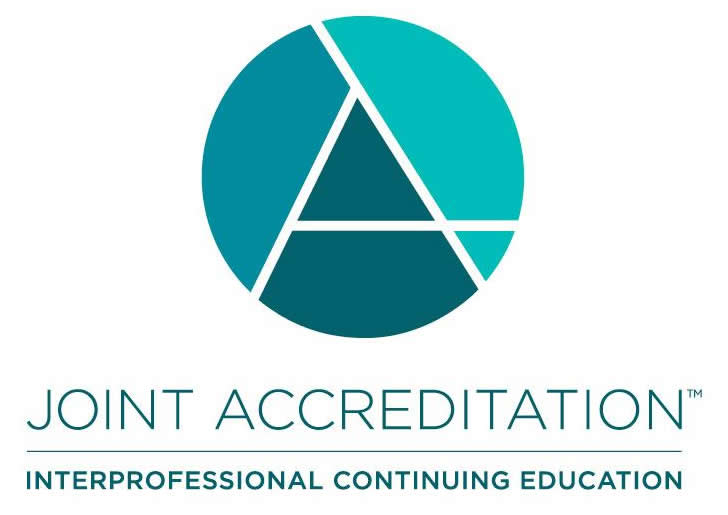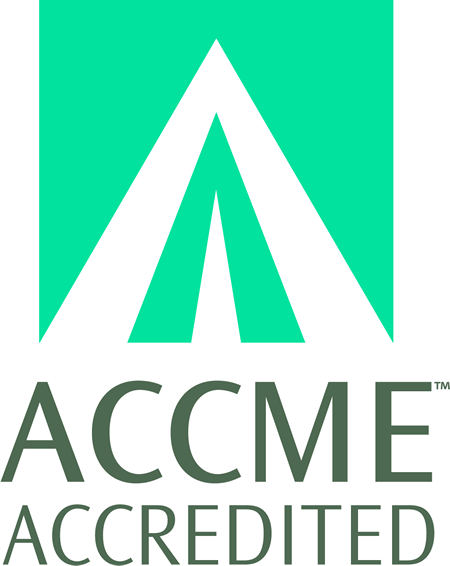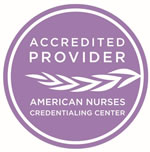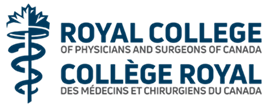
COURSE CREDITS & HOURS
14 AMA PRA Category 1 Credits™14 ACPE Credits
14.0 Contact Hours
13 Hours of Pharmacology for NPs
COURSE FEES
TARGET AUDIENCE
PROGRAM PURPOSE
- Non-Melanoma and Melanoma Skin Cancers
- Learn to identify the patterns of skin cancer
- Collagen Vascular Disease
- Identify the signs of collagen vascular disease
- Skin signs of Systemic Disease
- Identify the skin signs of multiple systemic diseases
- Common Disorders You Should Know
- Discover common skin diseases you may or may not know
- Papulosquamous Disease
- Be able to identify and differentiate the papulosquamous diseases
- Psoriasis and Metabolic Syndrome
- Demonstrate, locate and manage psoriasis and metabolic syndrome
- Acne and Rosacea
- Define the various types of acne and rosacea and utilize treatment in practice
- Event Medicine
- Identify medical entities likely to be present, specific to type of event
- Calculate medications, equipment, and coverage required for a given event
- Evaluate the environment, including forecasted weather and crowd size to determine resources needed
- Illustrate by example specific problems to be anticipated by type of event
- Pediatric fever: evaluation of the febrile infant
- List serious bacterial infections (SBI)
- Indicate clinical scores for behavior in the patient unable to communicate
- Describe the significance of fever
- Identify indications for specific testing in the febrile infant
- Calculate risks for sepsis, meningitis, and bacteremia
- Resuscitation Update
- Indicate the indications for targeted temperature management
- Appraise the role of neuroimaging and neurologic evaluation in survivor from cardiac arrest
- Appraise the value of ECMO in the emergency setting
- Examine the role of pharmacologic agents in advanced cardiac life support
- Toxicology Update
- Cite substances encountered in the emergency setting
- Examine the role of supportive care and the potential role for specific antidotes
- Formulate guidelines for management of more traditional overdoses.
- The Evaluation of Syncope and near-syncope
- Formulate guidelines to identify patients most at risk of short-term risk following a loss of consciousness
- Identify specific cardiac and pulmonary causes for near-syncope
- Distinguish the syncopal patient from the seizure patient
- Define safe guidelines for discharge of the syncopal patient
- List disorders causing near loss of consciousness which constitute "can't miss" diagnoses
- Legal considerations in emergency and clinical care
- Diagram the cost in time, stress, dollars and burnout for which the practitioner is at risk
- Estimate mechanisms by which one can avoid a lawsuit
- Illustrate the magnitude of the problem in emergency care
- Formulate specific presentations which expose the practitioner to liability
- Opioid abuse and pain management in the acute care setting
- Name alternatives to narcotics in the management of pain
- List evidence for the use and efficacy of specific agents
- Recognize the risks and magnitude of narcotic abuse





























